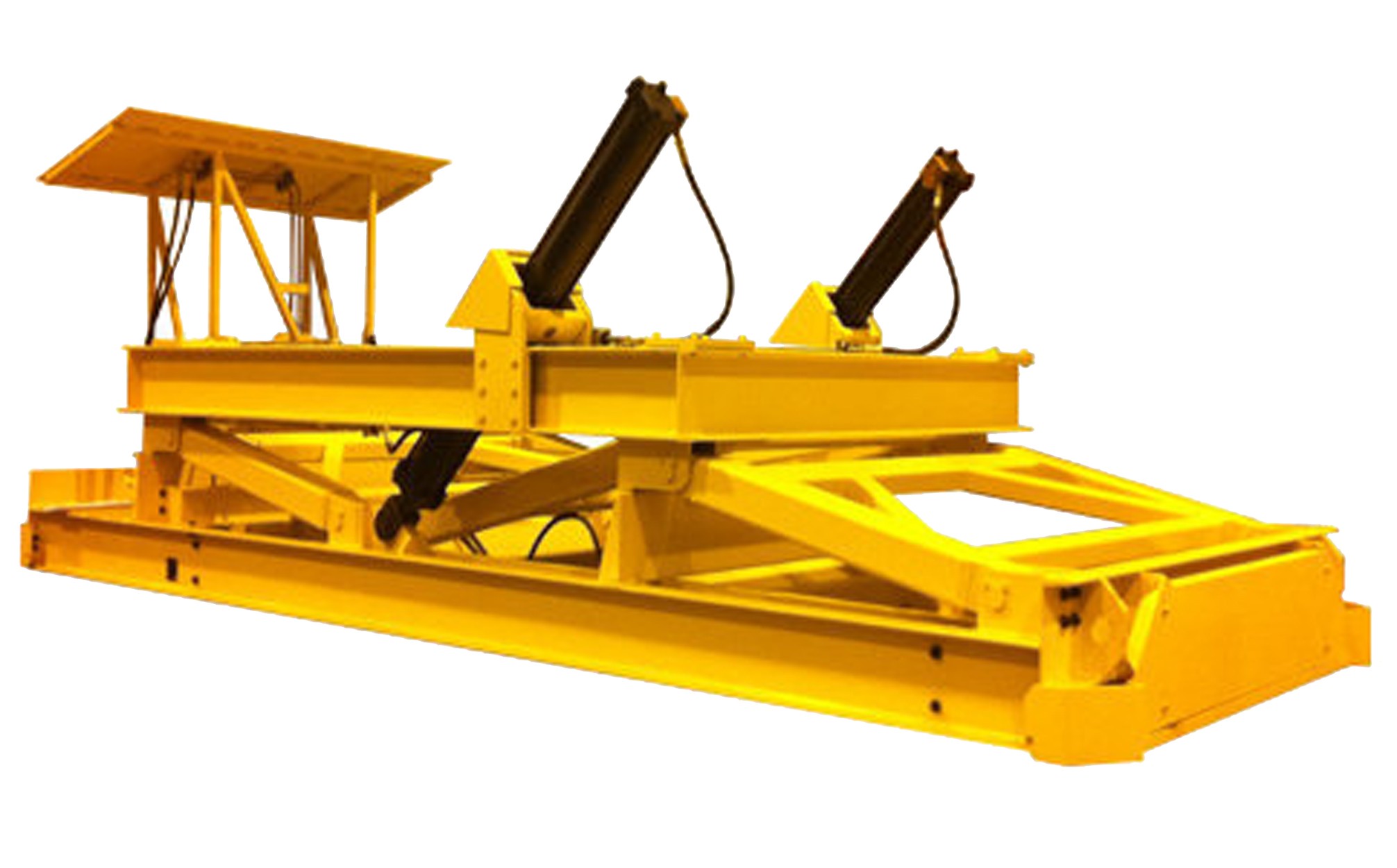Ask the Experts
Lost Foam Casting System




Lost foam casting process
The lost foam casting process begins with a polystyrene foam pattern that is manipulated to form a mold. A refractory coating (or ceramic investment) is used to cover this foam pattern. This coating helps protect the smooth foam surface from the rough sand surface. After the coating is finished drying, the foam pattern is placed in a flask and is surrounded by un-bonded sand. A vibration table is then used to compact the sand, and the mold is then ready to be poured. Molten metal is poured into the polystyrene foam pattern which gets vaporized, leaving behind the metal. Finally, in the last part of the lost foam casting process, refractory coating is removed exposing the metal part.
From sand conditioning to mold compaction in a single, automated process.
General Kinematics combines design innovation, process expertise, and vibratory technology into a precision, versatile compaction system engineered for quality results and cost-efficient operation.
Vertically stacked vibrating components conserve floor area and provide a continuous free flow of sand through each processing stage. GK’s lost foam system delivers many immediate user benefits:
From development to production
GK lost foam casting systems allow process development to determine optimum procedures, and can be programmed to operate as a high volume production system, all with the same equipment.
Compact, cost-efficient
Occupying minimal floor space, GK lost foam casting systems require no pits or special foundations to be available in your workspace. The lost foam casting systems use low-energy motor-driven components that operate with minimum cost and maintenance.
Sealed process
Within the lost foam casting system, dust collection is required at the flask fill station only. All other stages of the lost foam casting process are linked by flexible seals.
Adaptable to your needs
GK lost foam systems can be adapted to any size flask used in your operation.
Low maintenance, quiet design
All components utilize reliable, sealed, motorized drives to assure acceptable sound levels. The absence of other moving parts minimizes maintenance requirements.
Benefits of Lost Foam Casting
When it comes to complex castings, lost foam casting has quite a few advantages. Lost foam casting produces parts that are dimensionally and proportionally accurate. No drafts are required, any parting lines are eliminated, and the foam is malleable, which allows for multiple foam parts to be combined to form a single part. Parts that are made by lost foam casting have a top-notch surface finish.
Features:
- Screener – Sand is introduced through the General Kinematics vibrating screener/classifier unit mounted at top of the equipment stack. The unit maintains desired grain size distribution and removes undesirable fines.
- Shut-off Gate – Sand flows into a surge hopper equipped with a pneumatically operated bottom gate which permits system shut-down without unloading.
- Cooler – The General Kinematics VIBRA-FIN™ sand cooler senses inlet temperature and automatically cools sand to ideal molding temperature.
- Distribution – Sand flows through the second hopper into a flow control and distribution unit which uniformly rains sand into the flask. The gentle rain pattern eliminates the distortion of fragile patterns. Specific areas can be masked if desired.
- Compaction – General Kinematics compaction table is isolated on a pneumatically operated lift frame which is raised to precisely position the flask at the fill station. Following an automatically sequenced compaction cycle, a table is lowered allowing the filled flask to be transferred by roller conveyor or automated flask handling system.
- Gripper – Pattern is initially positioned and held within flask by pneumatically operated gripper which relaxes its grip as compaction cycle progresses.





